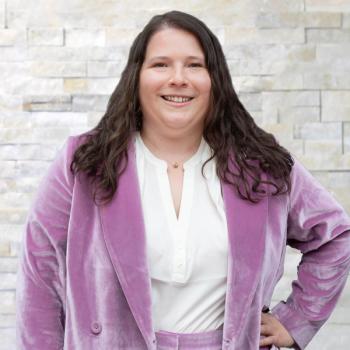
How Computational and Instrumental Approaches Can Expand Coherent Raman Microscopy
Two researchers from Boston University introduce advanced computational methods to push the boundaries of coherent Raman scattering (CRS) microscopy.
A paper published in eLight reviews the combination of instrumentation and computational approaches to coherent Raman scattering (CRS) (1). Dr. Haonan Lin and Prof. Ji-Xin Cheng from Boston University offer several interesting insights in this paper that are worth talking about.
Coherent Raman microscopy is a non-linear optical process that enhances Raman scattering signals to break the fundamental cross-section limits (1). Two synchronized ultrafast lasers create a coherently amplified energy transfer process that enables high-speed chemical imaging of biological samples based on intrinsic Raman peaks (1). However, biological samples are sophisticated microsystems that consist of various metabolites that often have spectral overlaps, especially in the strong, crowded carbon–hydrogen (CH) region, hindering the quantitation and identification of chemicals in cells and tissues using narrowband single-color CRS (1). To overcome this challenge, significant endeavors have been made to develop hyperspectral CRS that produces a Raman spectrum at each pixel (1).
Hyperspectral imaging can offer a few potential benefits, including decoding information on chemical compositions in an environment (1). Because of the high dimensionality of the raw image, algorithms are mandated to identify major pure components and decompose concentration maps (1). The research team introduced various computational methods used to push the boundary of CRS chemical microscopy (1). Attention must be paid to the applicable range of computational algorithms to avoid erroneous interpretations of the measurements (1). It is important to evaluate whether the forward model can explain and highlight the underlying physical process (1).
The optimization of the instrumentation enables the system to reach an optimal condition point on the hyperplane, yet going beyond it remains untenable (1). However, the encouraging bit of news is that advances in instrumentation should resolve this issue, because they will continue increasing data throughput on the temporal, spatial, and spectral dimensions, which should provide more features on data structures, such as sparsity and correlation (1). Meanwhile, new computational methods can be harnessed to break the design space trade-offs and provide enriched chemical compositions for biomedical research (1).
Computational methods will be vital as existing methods remain viable to boost the newly established design space (1). This is a trend expected in the future. New methods could arise to achieve breakthroughs in aspects such as field of view, imaging depth, and spatial resolution (1). Because most computational methods focus on wide-field implementations, the translation into CRS microscopy is nontrivial (1). Extensive modeling, system design, and algorithm development will need to be performed to ensure applicability to CRS imaging (1). With rapid advances in computational optical microscopy, we expect more ideas to infiltrate CRS (1).
To conclude, a new CRS was introduced by the team of researchers, and recent instrumentation developments before discussing the current computational CRS imaging methods (1). These methods include compressive micro-spectroscopy, computational volumetric imaging, and machine learning algorithms that improve system performance and decipher chemical information (1). The hope is that in the future, a constant permeation of computational concepts and algorithms push CRS microscopy to its highest capability (1).
Reference
(1) Lin, H.; Cheng, J.-X. Computational Coherent Raman Scattering Imaging: Breaking Physical Barriers by Fusion of Advanced Instrumentation and Data Science. eLight2023, 3 (6). DOI:
Newsletter
Get essential updates on the latest spectroscopy technologies, regulatory standards, and best practices—subscribe today to Spectroscopy.




